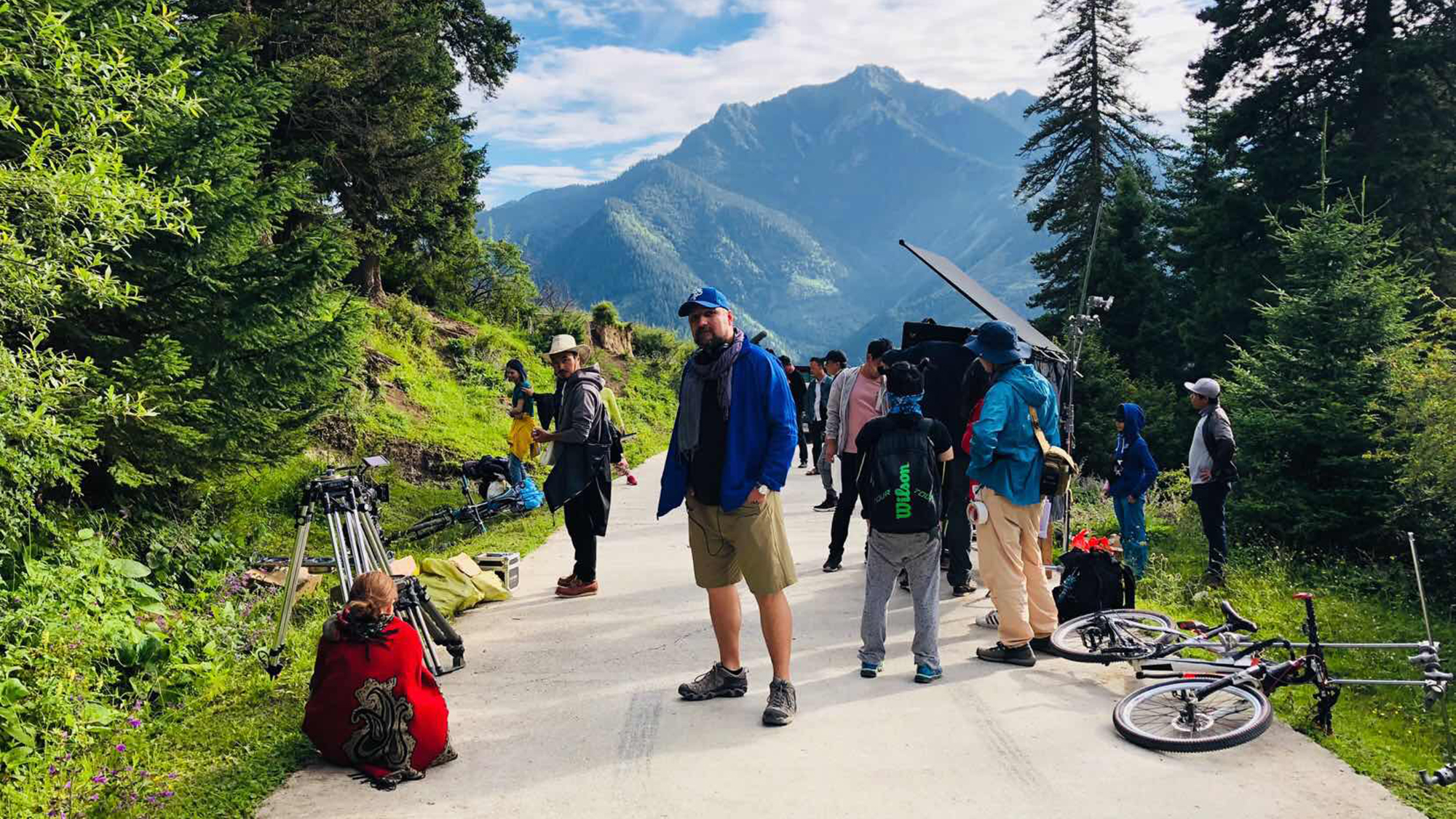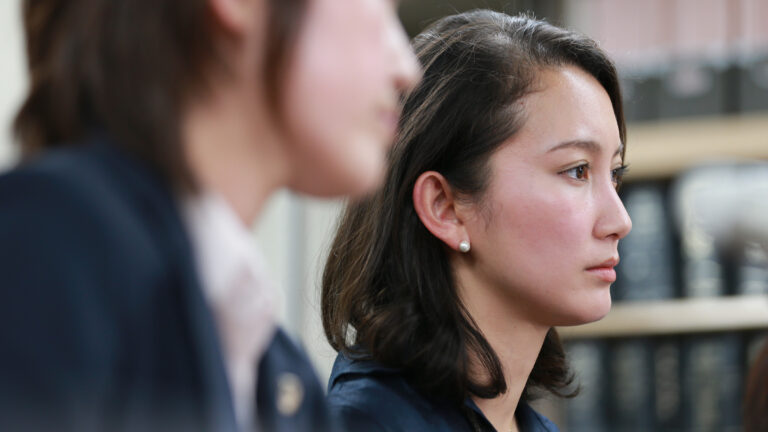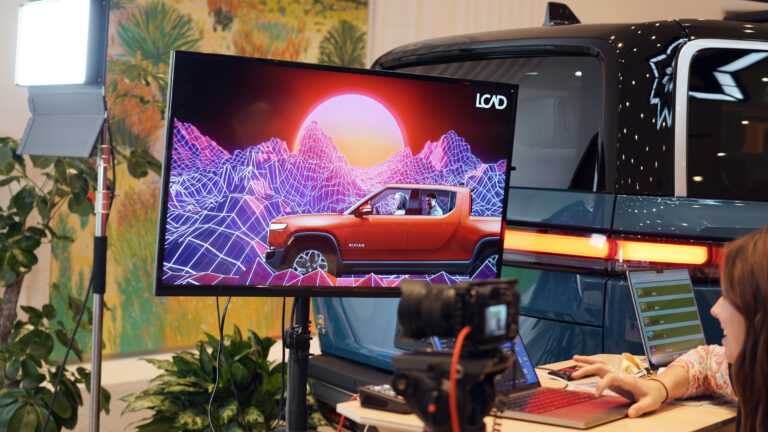If you’re at all familiar with my work, you know I don’t like to sit still for too long.
Over the last decade I’ve done an increasing amount of work in Southeast Asia, and my last three projects have been in China. Needless to say, I value tools that enable the kind of agile workflow needed when working on the road in far-flung productions. And one of the most valuable remote workflow tools I use is Frame.io.
In the last three projects, where I served as director, finishing editor, and colorist, we relied on Frame.io for sharing assets between our editorial and VFX teams. Additionally, I’ve used it over the last several years to grade remotely, for clients located in different states or countries.
Frame.io absolutely enables efficient and productive communication with clients, which goes a long way towards making life in post-production less hellish.
But experience has also shown me that Frame.io is an incredibly useful tool for pre-production.
During a recent conversation with the Frame.io team, I mentioned how fantastically useful the platform was for my last film in China, Carry My Heart to the Yellow River. I told them I used Frame.io extensively throughout my whole workflow, but they were particularly interested in how we used it for writing, casting, and location scouting, and invited me to share it with the community.
So, here’s my take on how Frame.io fits perfectly into a pre-production workflow.
Screenwriting
I directed Carry My Heart to the Yellow River in the summer of 2018. It was co-written with Chinese screenwriter Kenjing Xiong (who wrote the original story).
The film, produced by Zunzheng Wang in Shenzhen, in Guangdong Province, would require us to share a variety of file and media types. That’s just part of working with collaborators across countries and continents. So we set the whole project up in Frame.io from the very beginning, to make cross-platform and cross-border collaboration as easy as possible.
It all started with the screenplay. Sadly, there’s currently no standardized screenwriting application in the Chinese film and television industries that’s capable of dealing well with Chinese characters. Screenwriters in China have just gotten used to making do with word processors like Microsoft Word.
But luckily enough, Frame.io isn’t just for video and audio media files. It’s just as useful for handing off Word files and previewing PDFs.
Kenjin would send me Word files via my translator, Phillip Ngan, and I’d convert them into Final Draft. After I made my edits, I’d send back PDFs, which would be translated back into Chinese in Word again. It sounds horrible, but it worked well, and Frame.io’s ability to keep everyone on the same page from across borders made the process much better than previous solutions I’ve used.
Casting
Things really got interesting when we started casting.
Because of our tight schedule, both casting and location scouting had to be done remotely (both DP Bo Hakala and I were on other jobs). Line Producer Jianlan Li organized video auditions in both Shenzhen and Beijing, and all the recordings were uploaded to Frame.io.

Frame.io’s comment and approval features made it easy for me to review, consider, and refine my selections as I pored over all the different auditions. Keeping track of whom I liked and why was easy, and soliciting feedback from my collaborators on culturally specific issues was seamless.
We kept all the selections online for later review, just in case. Since all our notes and thoughts stayed attached to each clip, it would have been easy to recast or fill a new role. Frame.io really distinguished itself in this capacity, and I plan to use it more for sourcing talent.
Location Scouting
Frame.io was also fantastic tool for managing scouting.
Being compatible with so many file types meant that we could review DSLR stills, video clips from various cell phones, and drone footage from just about anywhere. Our scouting team threw just about every format you can think of in there, and it all worked in a nearly real-time experience.
Happily, the same review and commenting mechanisms that served us so well for the audition clips were just as useful for collating feedback on locations and logistics.

The only file type we kept separate was the VR footage I’d requested be captured via a Ricoh Theta camera. Since I had an Oculus headset, I thought I’d try reviewing 360 stills as a substitute for being there, which I could access via the headset’s viewer software.
Sidenote: For anyone interested, the VR was a pretty successful experiment. I wouldn’t say it was a critical necessity, but it did provide a better feel for each environment’s capacity for coverage than the simple series of photographs you usually get from a location scout.
Post-production from afar
After we had the story finalized, the actors cast, and the locations selected, I flew in to begin production.
In total, we careened through sixteen days of shooting, with four days on location in Shenzhen, and the rest of our time in Gansu province’s Gannan region (as well as some sections of the Yellow River in Sichuan province). It was an incredible experience.
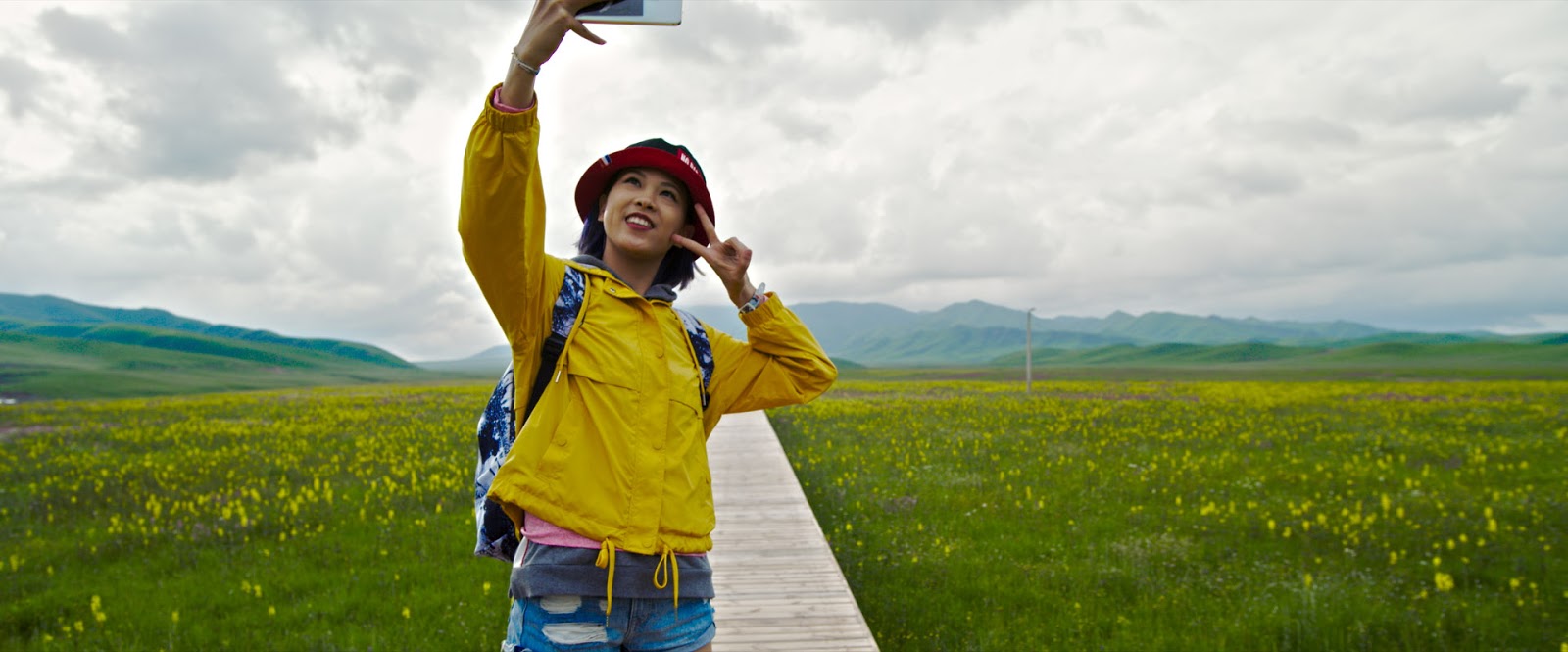
Once we moved into post-production, Frame.io was once again critical to our process.
I kicked things off by creating synchronized and metadata-enriched dailies in DaVinci Resolve, so our New Zealand-based, bilingual editor, Chia Chi Hsu, could get to work.
While I’ve edited most of my previous indie projects myself (I used to edit professionally in the 90s, so I’m not just some meddling director), I really wanted to hand off to an editor on this one for a variety of reasons. However, since I like to step into the editorial process at different points, I always want my editors to be comfortable with that (I play well with others. I promise I’m not horrible).
And since Chia was fine with this arrangement, as well as my requirement that the project be cut in DaVinci Resolve, we got to work almost immediately after shooting wrapped.
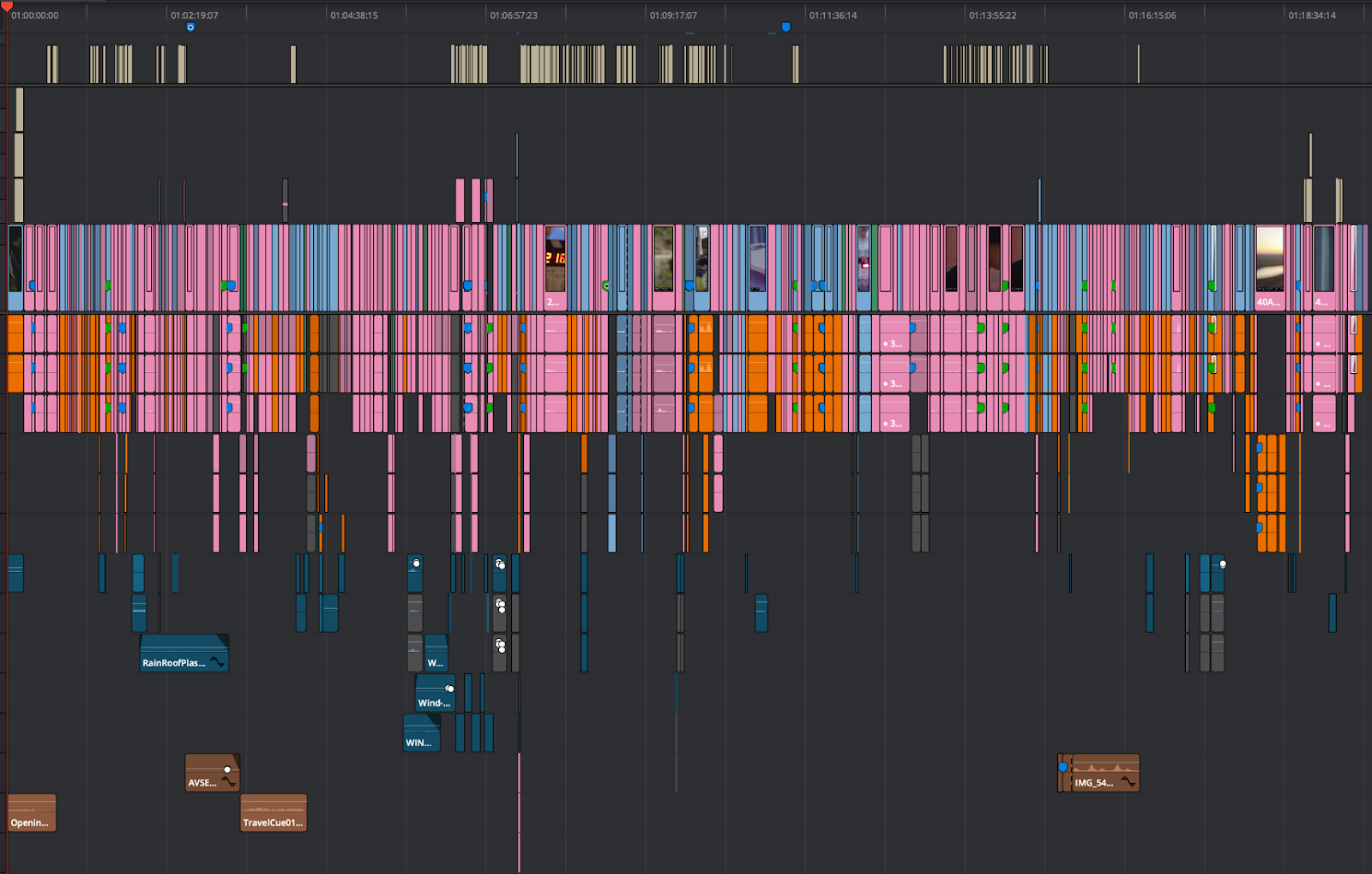
At the time, DaVinci Resolve lacked the tight Frame.io integration it has now. I mailed a drive with offline dailies and project files to Chia, and we used Frame.io to trade screeners of the edit, along with the DaVinci Resolve .drp project files.
Since I was going back and forth between China and the USA, I made sure to keep a clone drive with me at all times. Remember kids, always keep your footage safe.
This contained all of the media and projects that I’d sent to New Zealand, so I could always pull down a project file and reconform it to do a hands-on review and tweak pass.
This went well, and Frame.io was the hub of our collaboration through the entire edit, from Chia’s initial assembly and refinement, through her final pass. When she left for a prearranged vacation, I continued refining the edit, using Frame.io to provide feedback on my work until her return, right through to final picture lock.
On top of that, we used Frame.io to trade off music cues from my Detroit-based composer John Rake, VFX works-in-progress from Minneapolis-based Splice Here, and mixes from New Zealand-based post house Department of Post. And I could pick these up wherever I happened to be at that time, whether it was the USA, China, New Zealand, Thailand, or Singapore.
In all of these locales, Frame.io worked consistently and well, and helped turn what could have been a tangled ball of chaos into an easily managed process.
Moving forward
Carry My Heart to the Yellow River has so far been accepted to over 40 film festivals in ten countries, winning nine awards and garnering glowing reviews, and Frame.io helped us to make that happen.
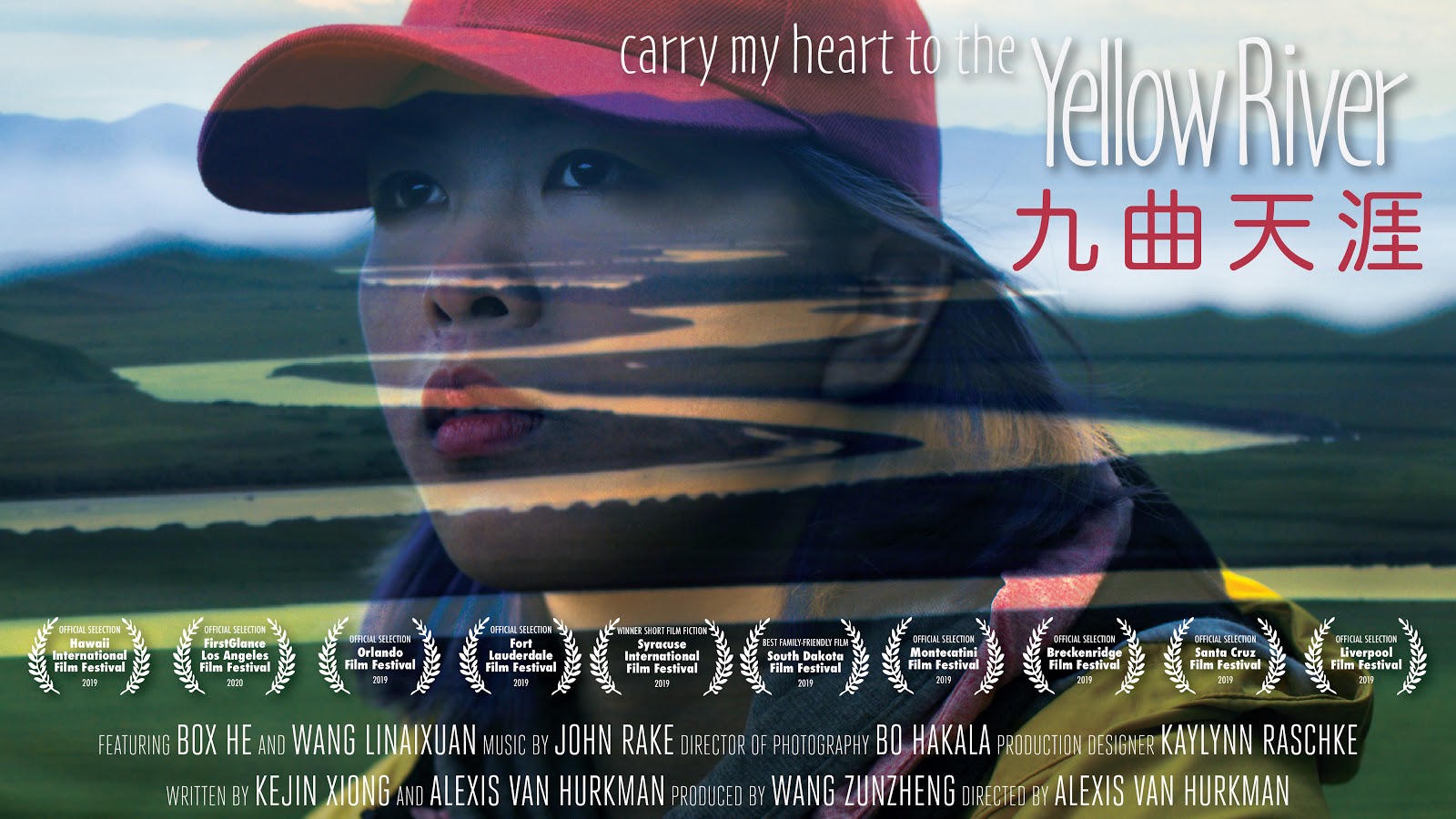
Going forward, I’m absolutely going to continue to use Frame.io from the very earliest stages of my projects through to the very last.
In my view, the team at Frame.io has done a magnificent job of creating a Swiss army knife of a tool. It’s capabilities serve remote workflows of all stripes, even those that don’t necessarily sit inside the original “post-production” pitch. With its security and international capability, I’ll keep my workflows here for a long while.
I encourage all teams, big and small, to experiment with Frame.io to see what’s really possible. The benefits could be huge.

